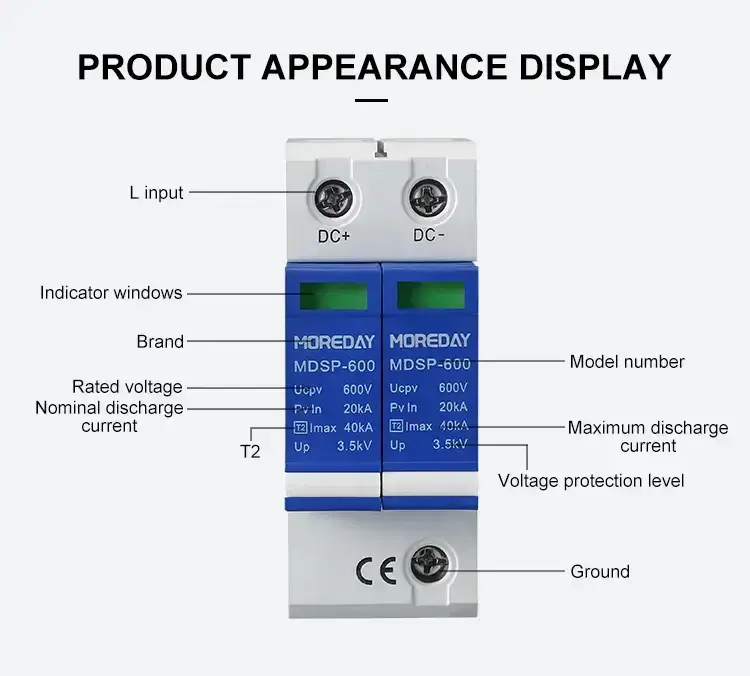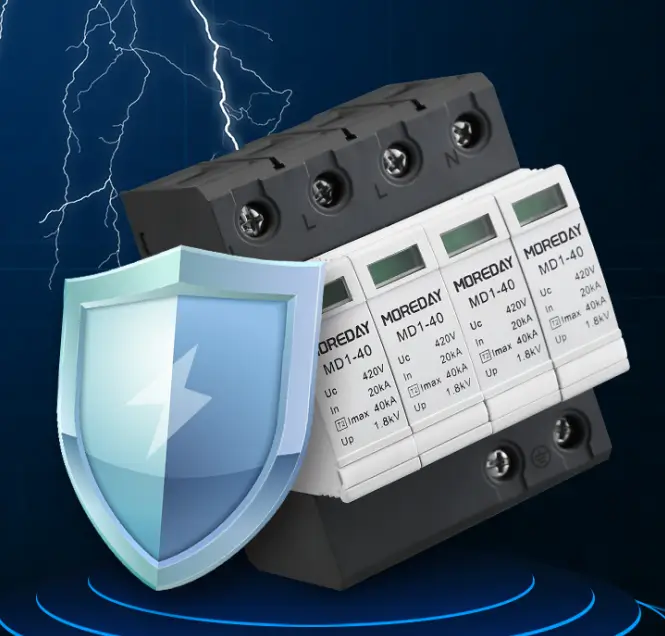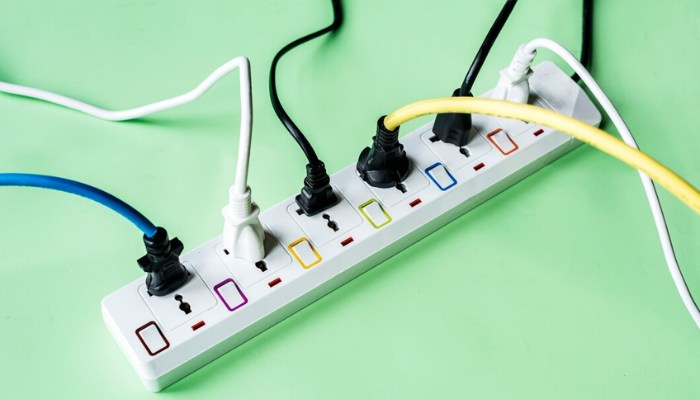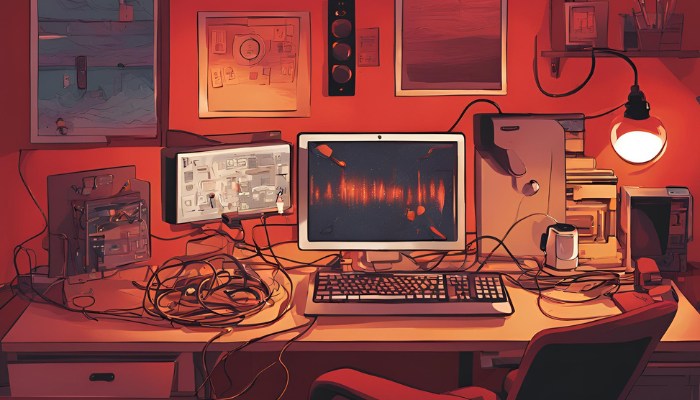To secure the electrical appliances against power surges, then using a surge protector is advisable. But a question arises, how many of them can be safely connected to one? Now let’s try to answer this question and explain all you should know about surge protectors and their capabilities.
Table of Contents
ToggleWhat Is a Surge Protector?

A surge protector usually refers to a device that can protect many of your electronics from what is known as a spike or a surge in voltage. There are distinct causes of these power surges including lightning, wiring problems, or a dysfunction of the power grid. These voltage fluctuations can be detrimental to your valuable electronics such as computers, television sets, and smartphones when a surge protector is not installed.
In most cases, surge protectors are in the form of power strips with multiple outlet sockets. Some of them have extra features, such as USB charging capabilities. It is one of the most important security gadgets in your house or at the workplace if you have those rich electronic items that you would wish to protect.
How Does a Surge Protector Work?

Surge protectors work by redirecting the voltage to go to the ground, thus protecting your appliances. Here’s how it works:
- Detection of Surges: In the case of a power surge the surge protector can identify the increase of voltage up the main grid.
- Redirecting the Surge: It employs MOVs or GDTs for instance to resist the high voltage and safely let it pass through to the ground instead of passing through your devices.
- Safety Cutoff: When the surge has been diverted, the surge protector enables normal voltage to pass through in a normal manner.
A voltage spike can occur when the current demands an initial voltage or if some appliance draws a higher voltage than the normal voltage. Remember though that surge protectors have a particular lifespan and do degrade with time. They can become less effective when used for some time in the presence of power surges and may need replacement.
How Many Items Can Be Plugged into a Surge Protector?

Now, let’s tackle the main question: How many devices does one connect to a surge protector? The number of items you can plug into a surge protector depends on a few factors:
- The Wattage of Amp Rating: Surge protectors are also fitted with a given wattage or amperage of which they range from 1000 watts to 2000 watts. This is the maximum wattage of all the appliances you plug into the surge protector should not exceed this wattage.
- The Type of Devices: Each type of electronics utilizes varying levels of power. For instance, one device may be more powerful than other devices such as a computer or a television than a phone charger or a lamp. It is also important to focus on the power the devices you want to connect will need.
- The Number of Outlets: Many surge protectors have different point outlets ranging from 3 to 12 or more. However, the number of outlets does not mean that the same number of outlets can be connected as there is a certain wattage or amperage limit.
To know how many plugs you can use simply look at the label on the surge protector and sum the wattage of those devices you wish to plug into the surge protector. If the entire wattage of these devices goes beyond the permissible limit of the surge protector, it is likely to heat up or get damaged.
How Do I Know If My Surge Protector Is Overloaded?

To learn the status of your surge protector whether or not it is already overloaded, it is important to check with the listed ways. Here are a few signs to watch out for:
- Heat: They said that if any appliance with the surge protector, if it feels hot to touch, then this means it has reached its maximum limit of handling appliances connected to it.
- Tripped Breaker: Different models of surge protectors have circuit breakers Instagram installed in them. If the breaker goes off then this is a clear sign that you have overloaded the gadget and do not need to remove some of the items that are connected.
- Unusual Sounds or Smells: Any strange sounds, like buzzing, or smells like burning plastic or rubber could signal that the surge protector is overheating or malfunctioning.
- Flickering Lights: If your surge protector has a power indicator light, flickering lights could indicate an overload.
To prevent overloading, always follow the manufacturer’s guidelines for maximum wattage and the number of devices you can plug in. If you find yourself needing more outlets, it might be time to get an additional surge protector or power strip.
Conclusion
Surge protectors are an essential investment to keep your electronics safe from power surges. While they can protect multiple devices, it’s important to be mindful of the surge protector’s wattage and the power requirements of your devices. By staying within the safe limits, you can ensure that your electronics remain protected and avoid any risk of damage.
For expert electrical solutions, including high-quality surge protectors, visit MOREDAYDC. They offer reliable and affordable services to keep your home or office powered and safe. Trust MoreDay DC for all your electrical needs!
FAQ
1. Can I Plug a Power Strip Into a Surge Protector?
It’s not recommended to plug a power strip into a surge protector, as this can cause overloading. Always use a surge protector designed to handle the devices you want to plug in.
2. Can Surge Protectors Prevent Lightning Strikes From Damaging Devices?
While surge protectors can help protect against power surges caused by lightning, they may not completely prevent lightning damage. For direct lightning strikes, you would need additional protection, like a whole-house surge protector. To learn more about how surge protectors handle lightning risks, check out can surge protectors protect against lightning?
3. Do Surge Protectors Expire?
Yes, surge protectors do expire. After multiple power surges, the components inside the surge protector may wear out. Check the manufacturer’s recommendations for when to replace your surge protector.
Related reading: The Best Surge Protector in 2024

